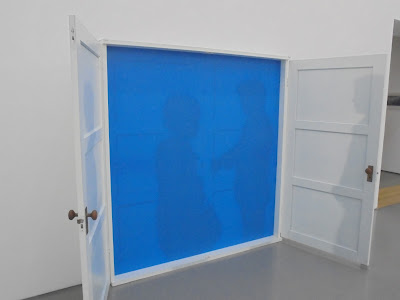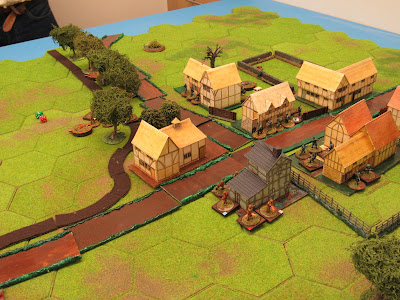"Deep summer is when laziness finds respectability." - Sam Keen
Which is another way of saying that the painting total for July stands at the magnificent total of not a lot. Following the recent game of To the Strongest! I have colour coded the sabot bases used for Celts and Romans, to make it easier to keep track of which command things are in, but that's it I'm afraid.
Idleness has also extended to the blog, if you will excuse my self indulgence, I would like to catch up with other things that I've seen:
Idleness has also extended to the blog, if you will excuse my self indulgence, I would like to catch up with other things that I've seen:
Dan Baird and Homemade Sin: Their website claims that they are 'classic hard rock', but actually there are significant country music influences. Baird used to be in the Georgia Satellites, although judging from his on-stage comments the split wasn't exactly amicable. It happened in 1990 so, if I may be so bold as to offer some advice: let it go, mate, let it go. The lead guitarist is the spitting image of Steven Toast, but not only could he really play, but he did a neat trick of swinging his instrument over his shoulder and back around in mid-solo, which I had never seen done before. The support band - the exact identity of whom remain a mystery to me - certainly are classic rock, right down to the haircuts and the loon pants. I'm pretty clear that four of them were at university with me and have been cryogenically frozen ever since in the style of Austin Powers. The drummer is a modern day imposter; perhaps something went wrong during the thawing process.
You know, the more I looked at the bass player the more certain I was that we had once put him up for election as treasurer of the student union without telling him about it; a story for another day.
The Graduate: Having recently seen a stage production I took the opportunity to catch a 50th anniversary screening of the film, which I had last seen many years ago. I can report that it's much better than the play, with Benjamin being a substantially more sympathetic character, although the tassel twirling did lose something from not being in the flesh, as it were.
The Temperature of Sculpture: This collection of the work of the late Jiro Takamatsu is, like pretty much every show at the Henry Moore Institute, mostly complete tosh. I did however rather like this:
I've already mentioned one of the month's visitors, but the Casa Epictetus was also graced by the presence of this blog's Luxembourg correspondent. He has responded to last year's referendum result in the only sensible way and become a citizen of the Grand Duchy. Sadly my own search for an Irish ancestor has drawn a blank.























